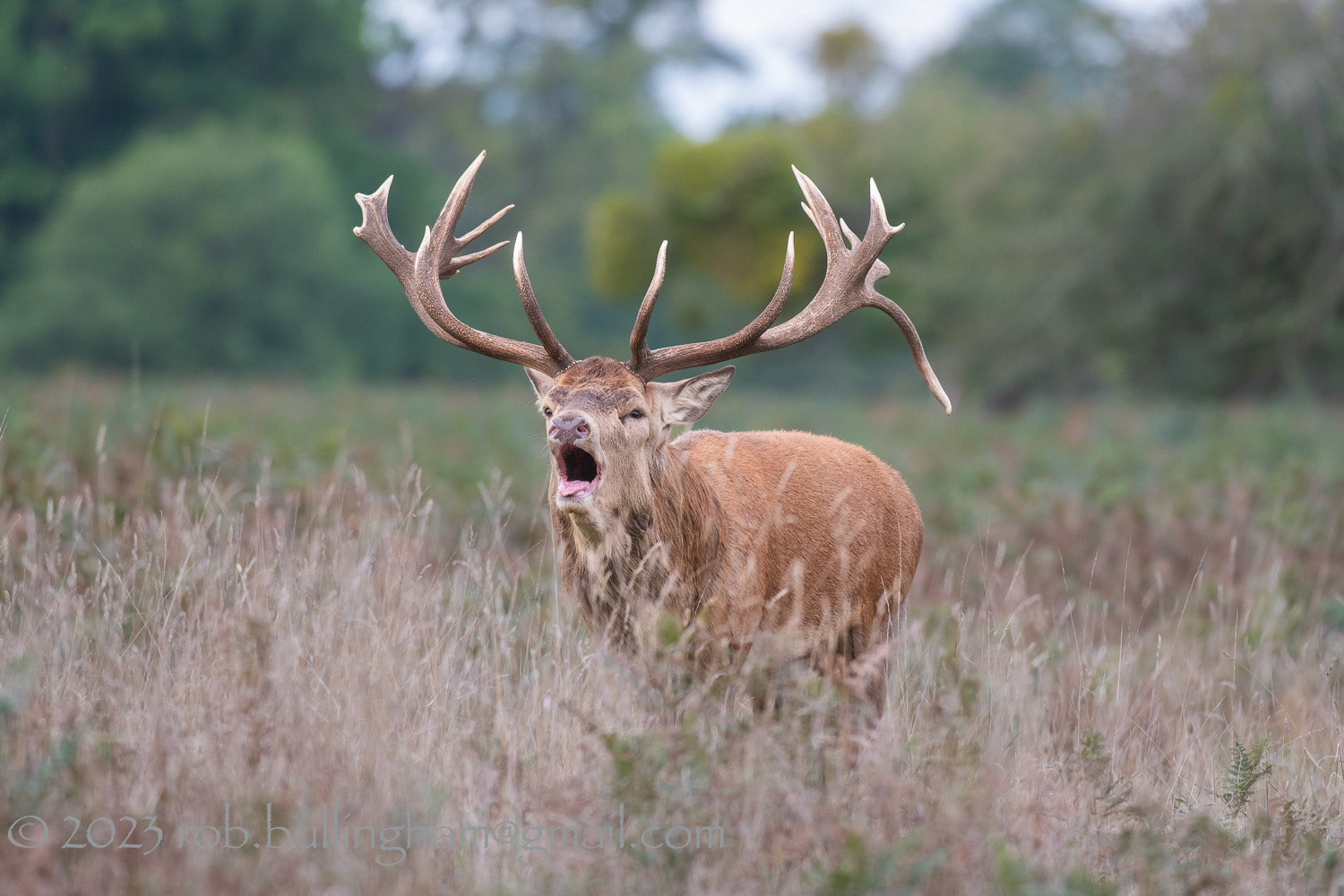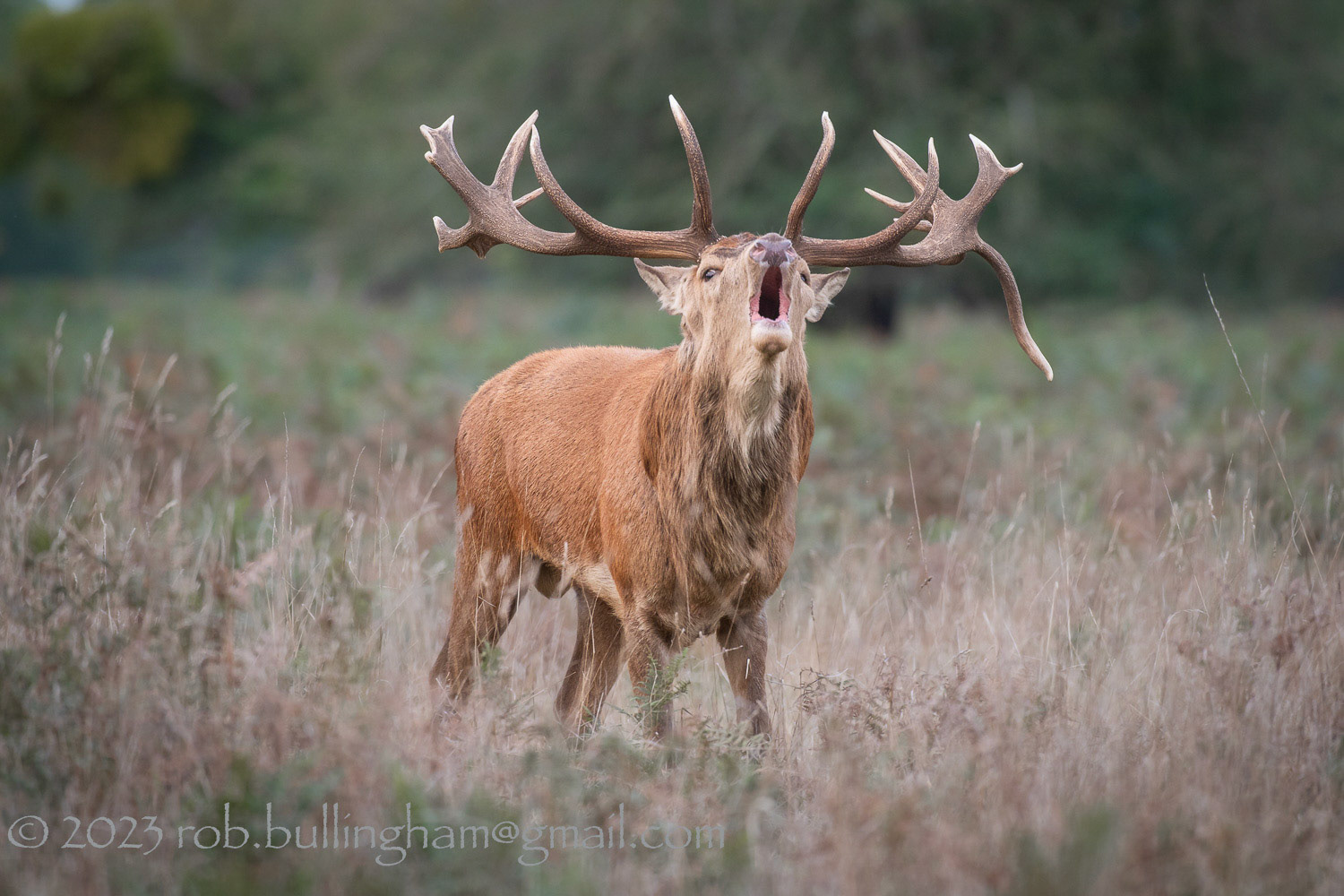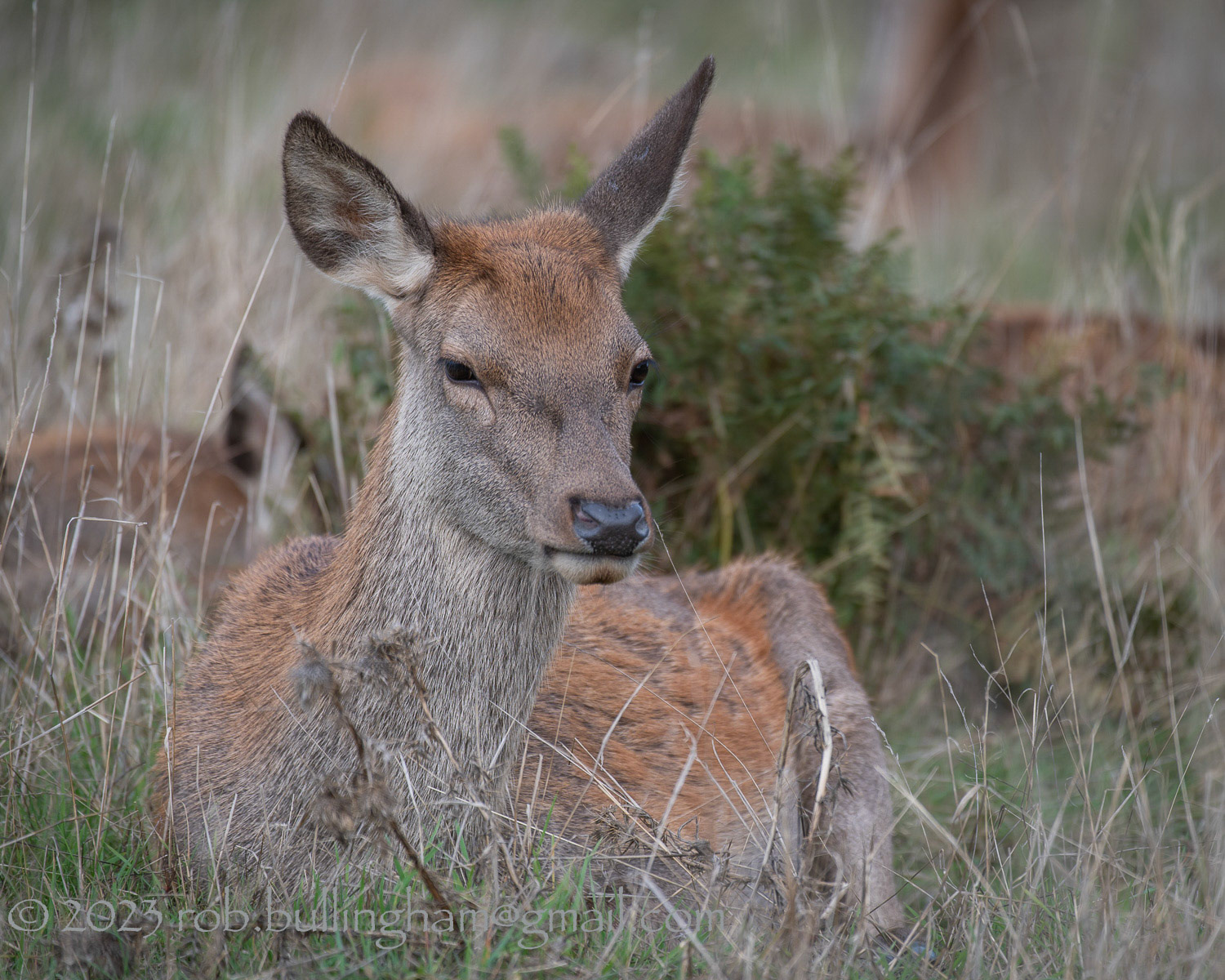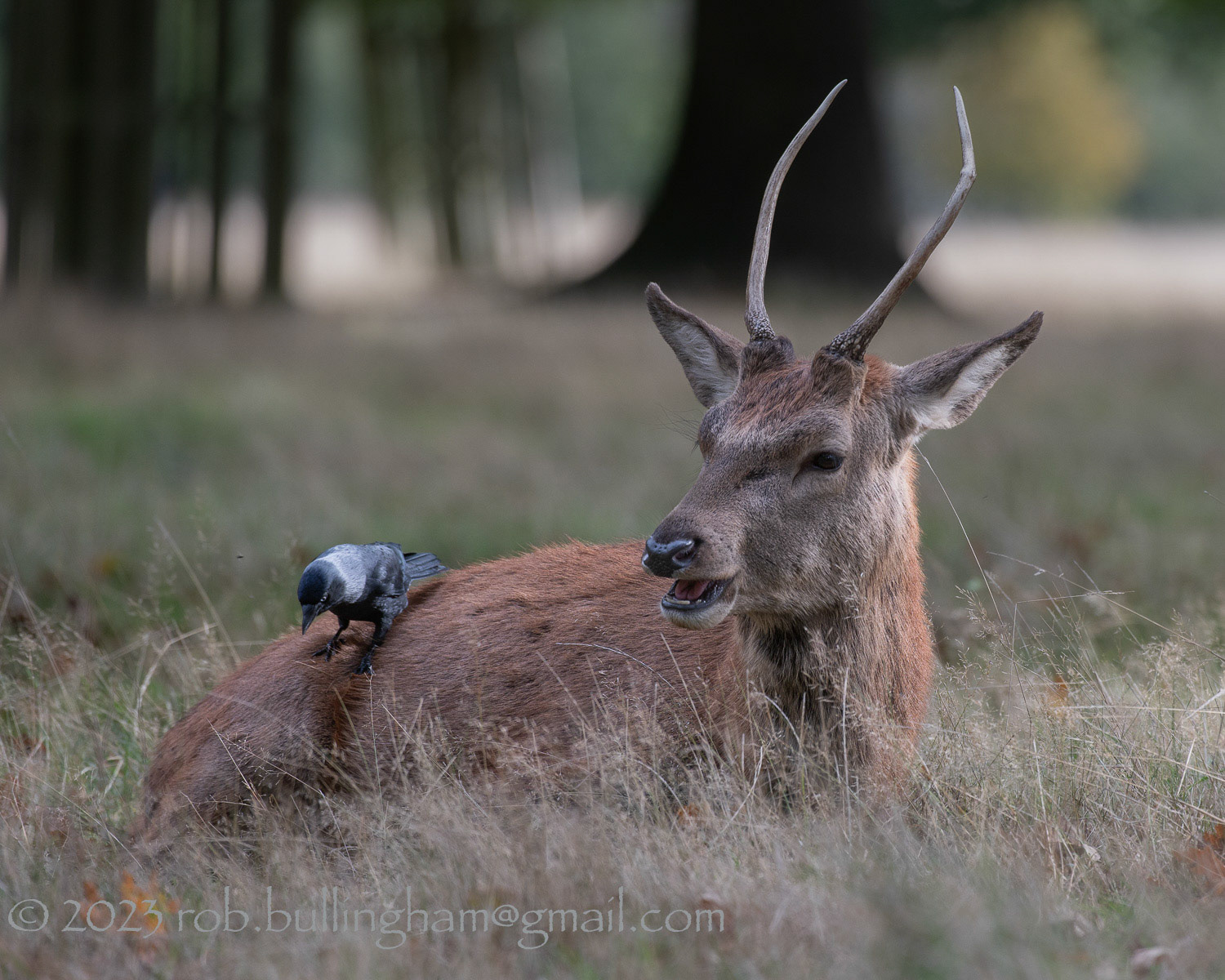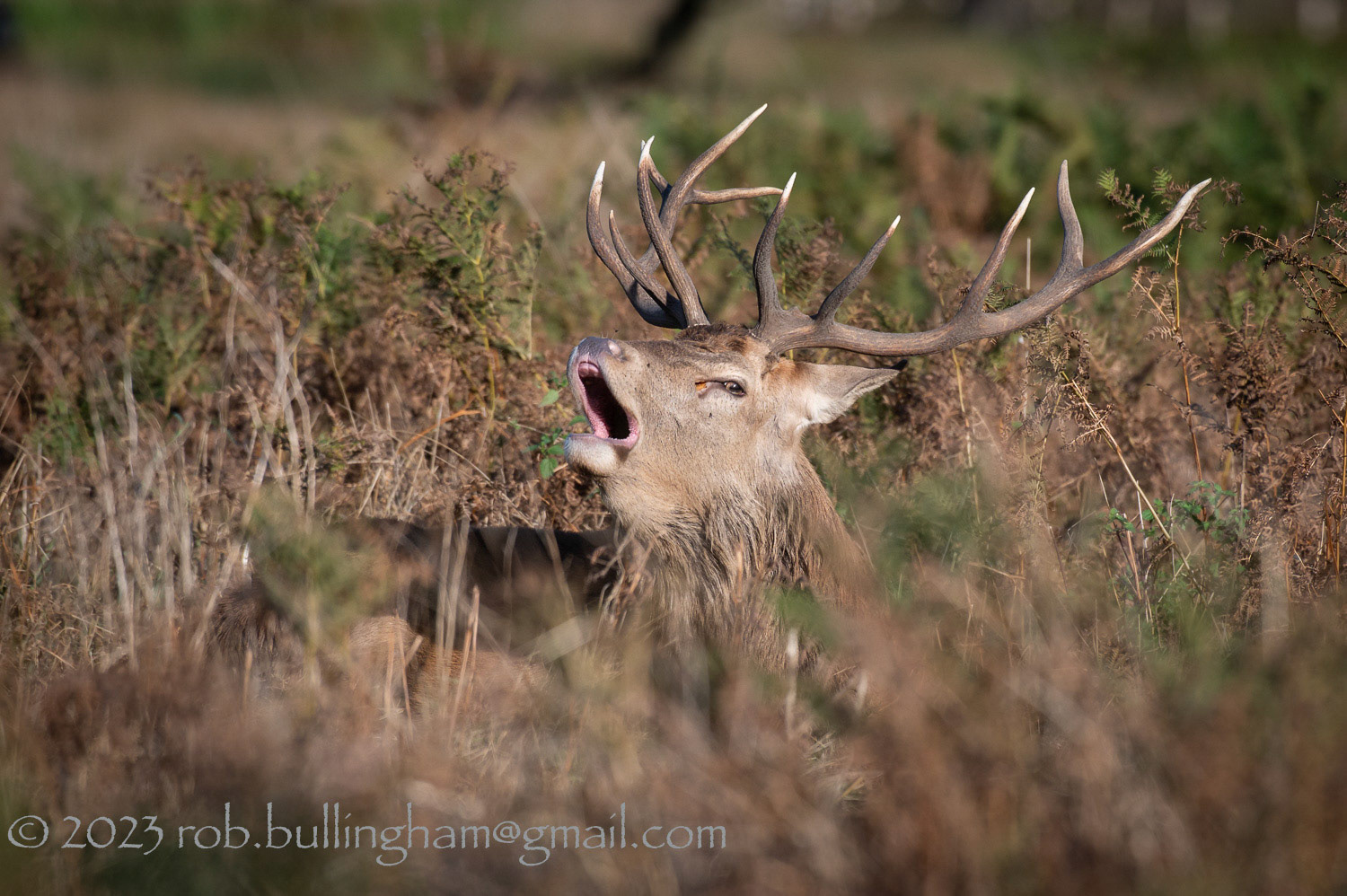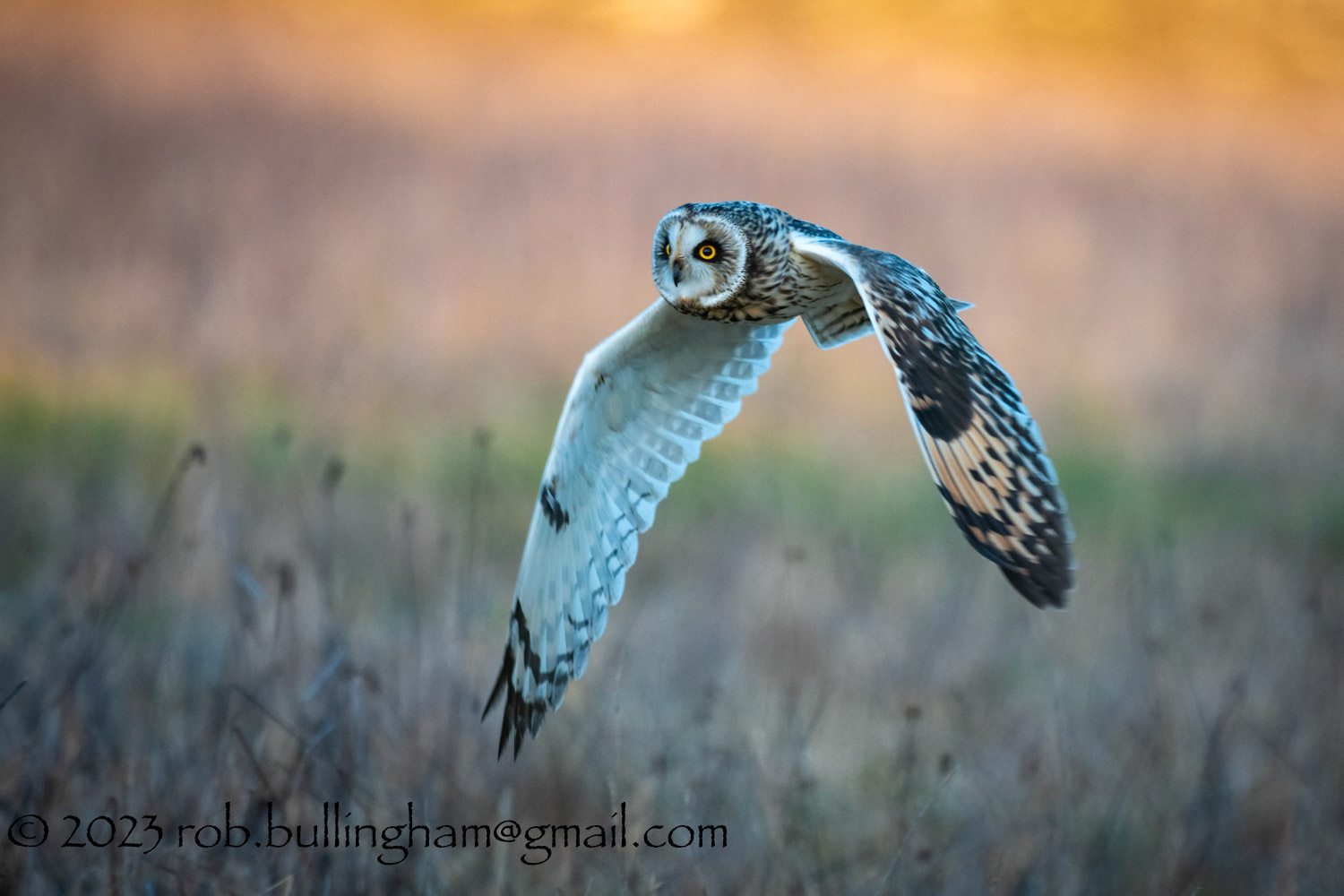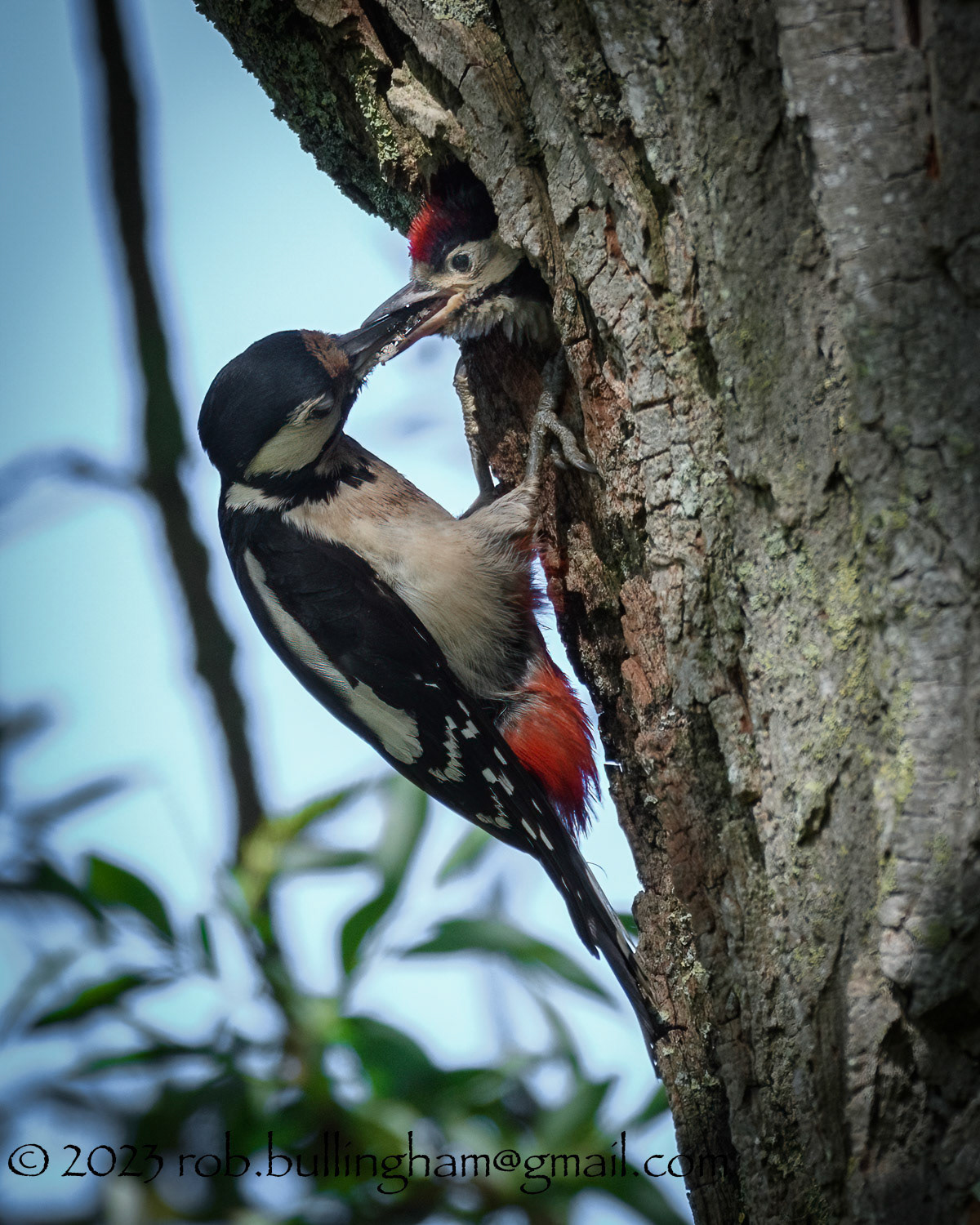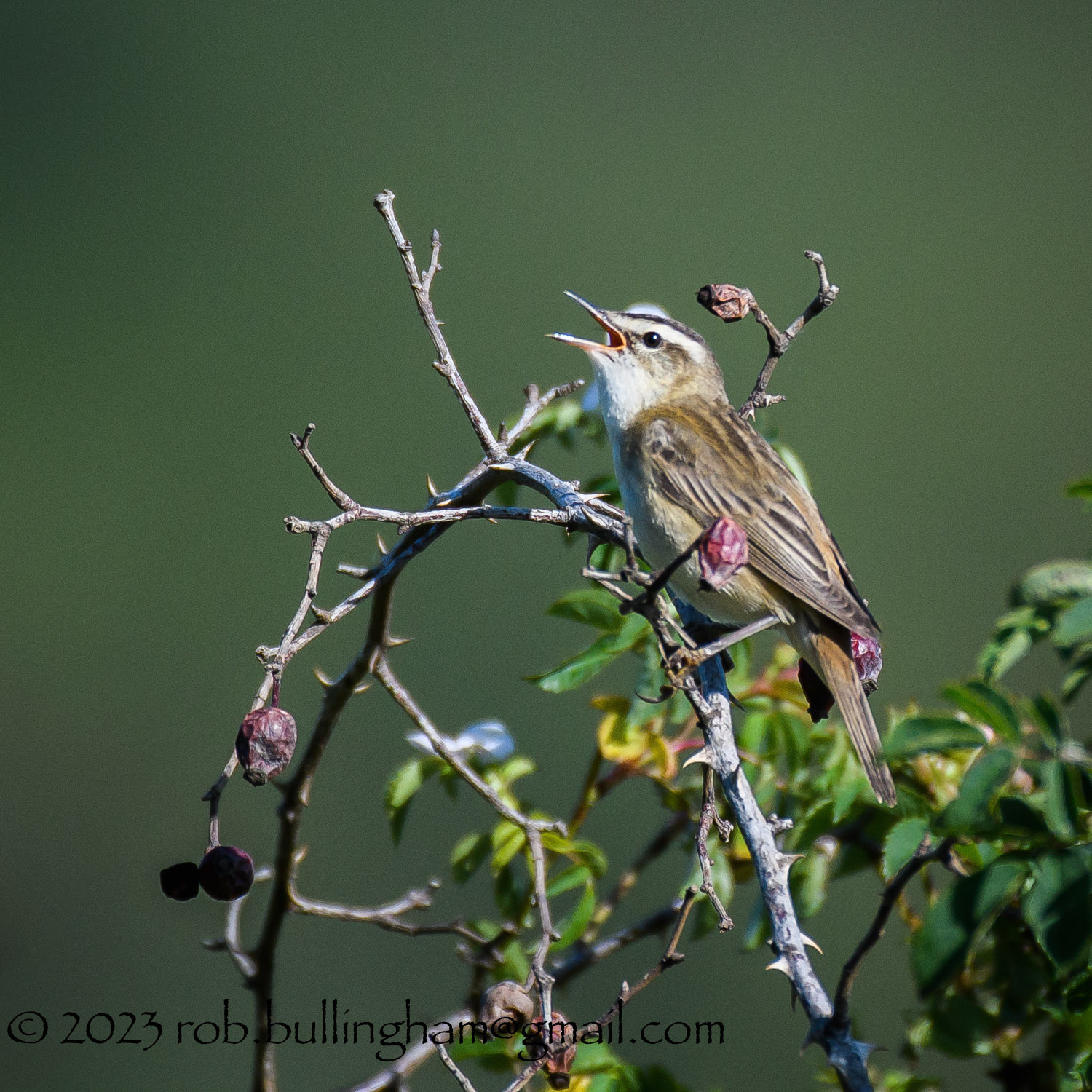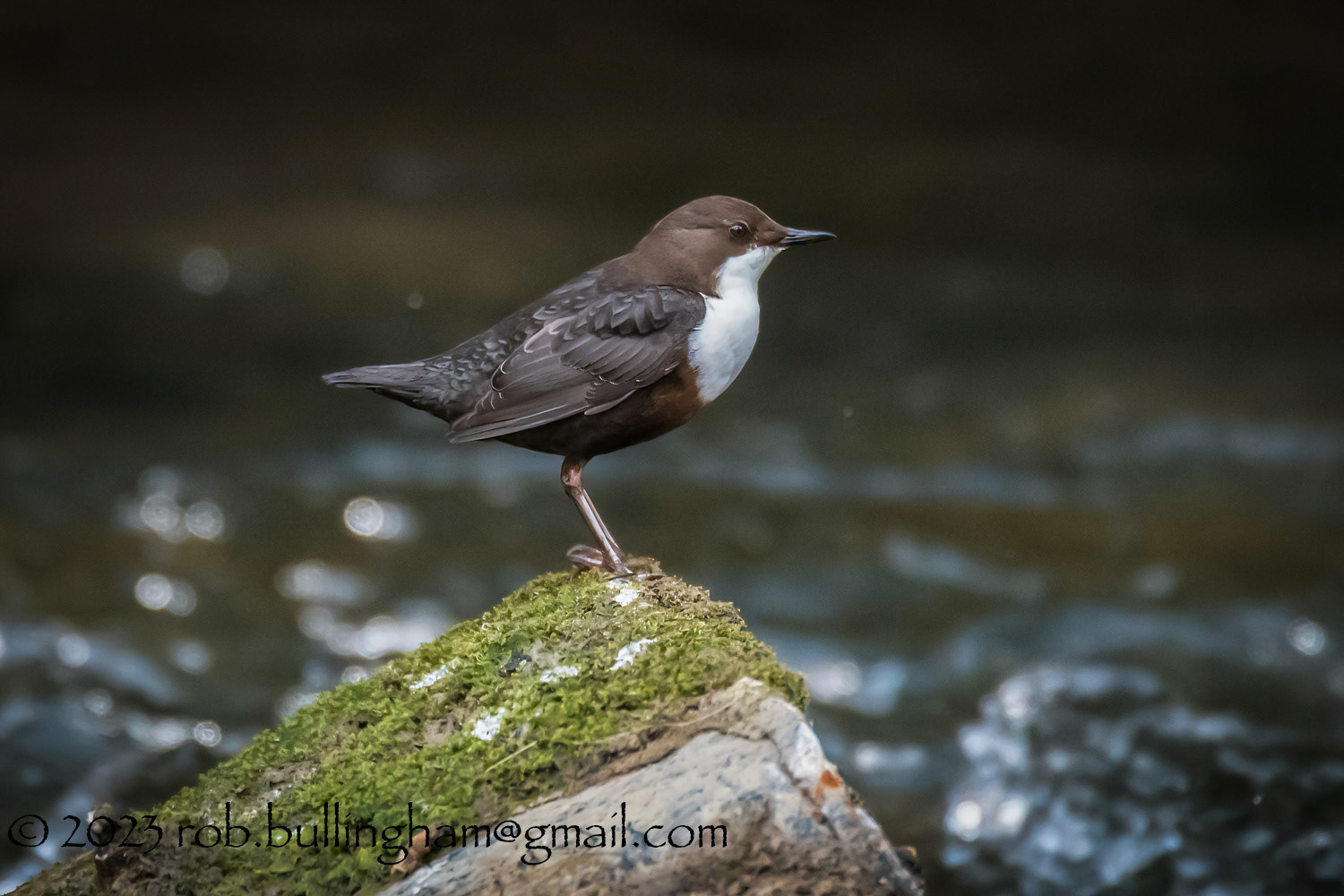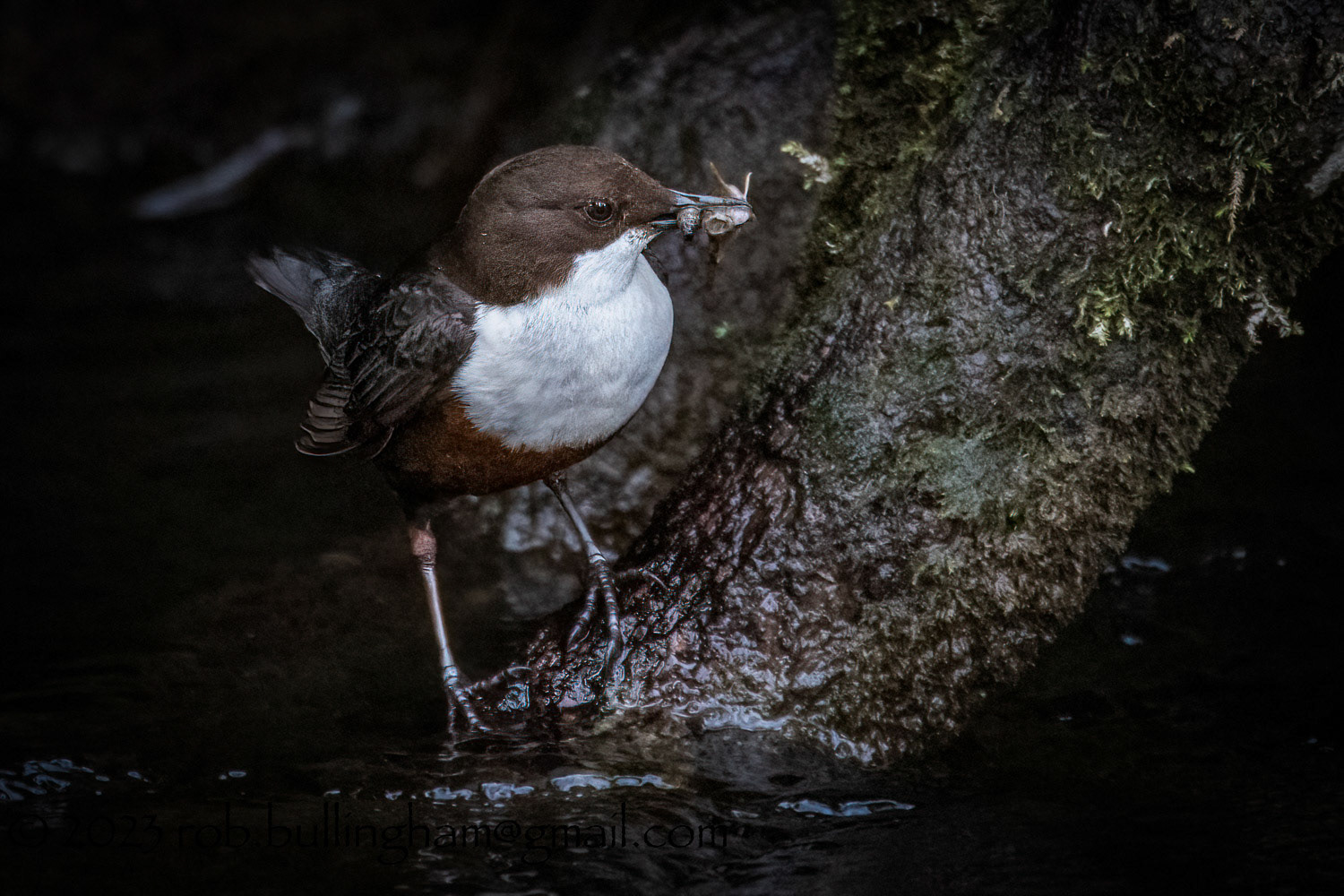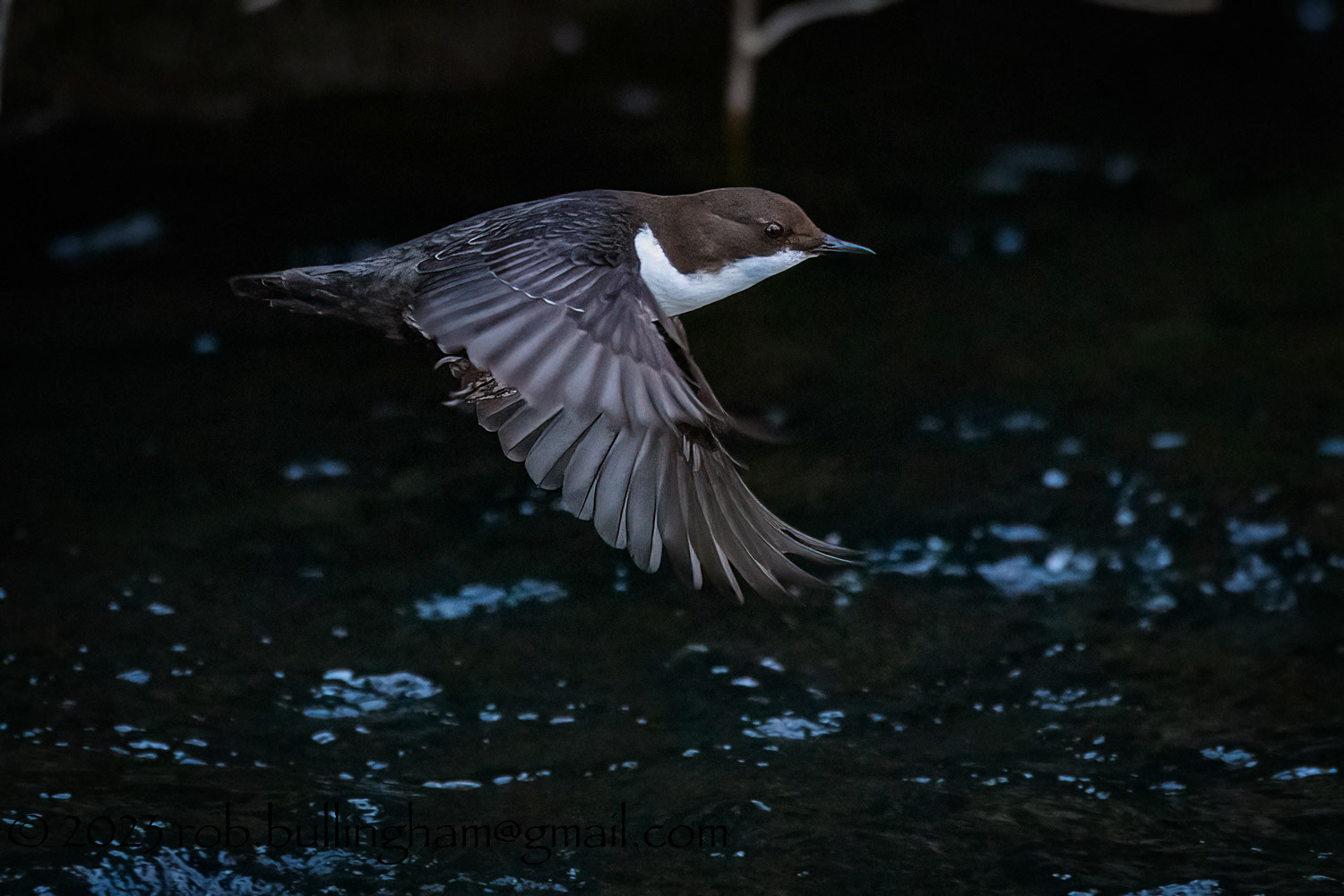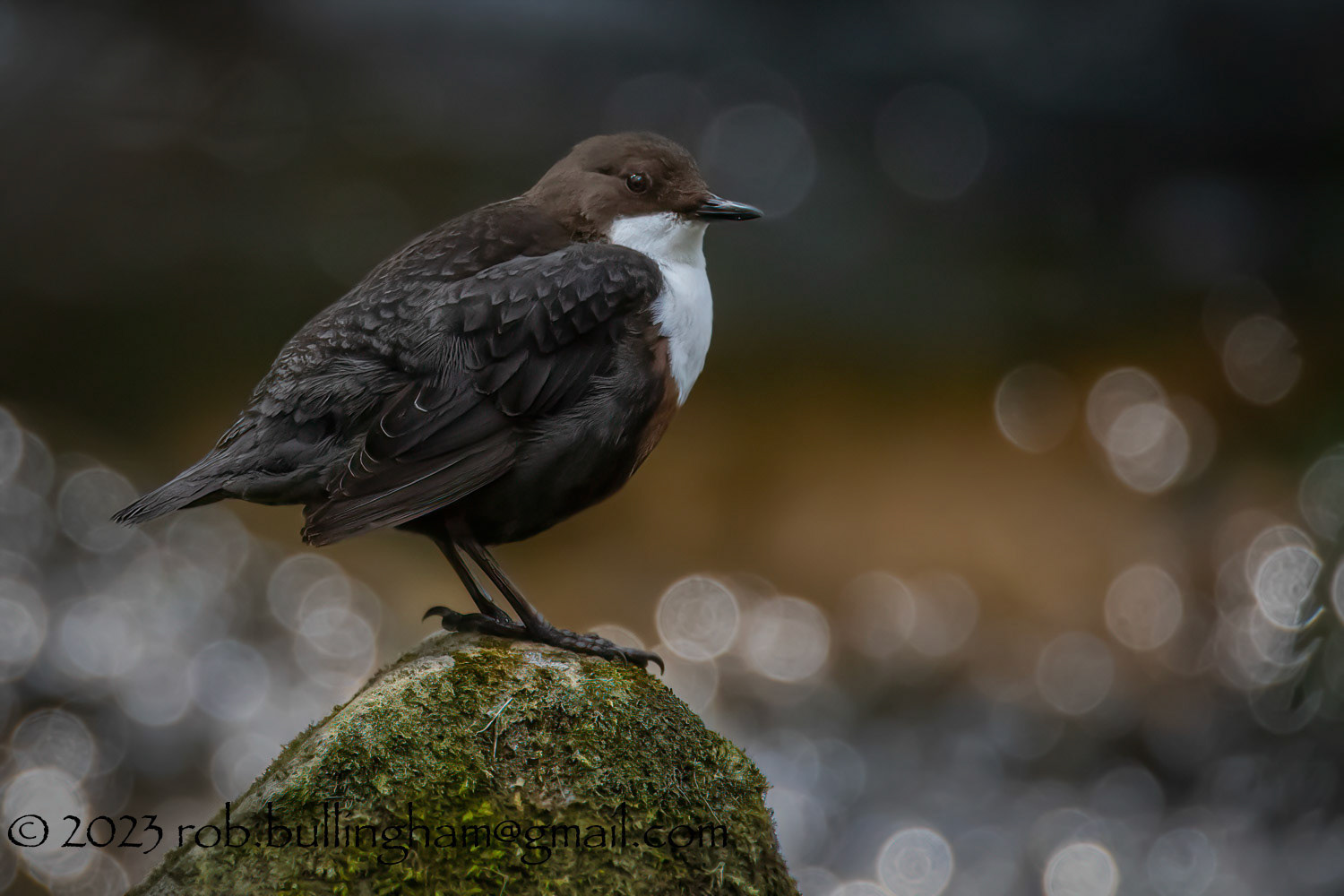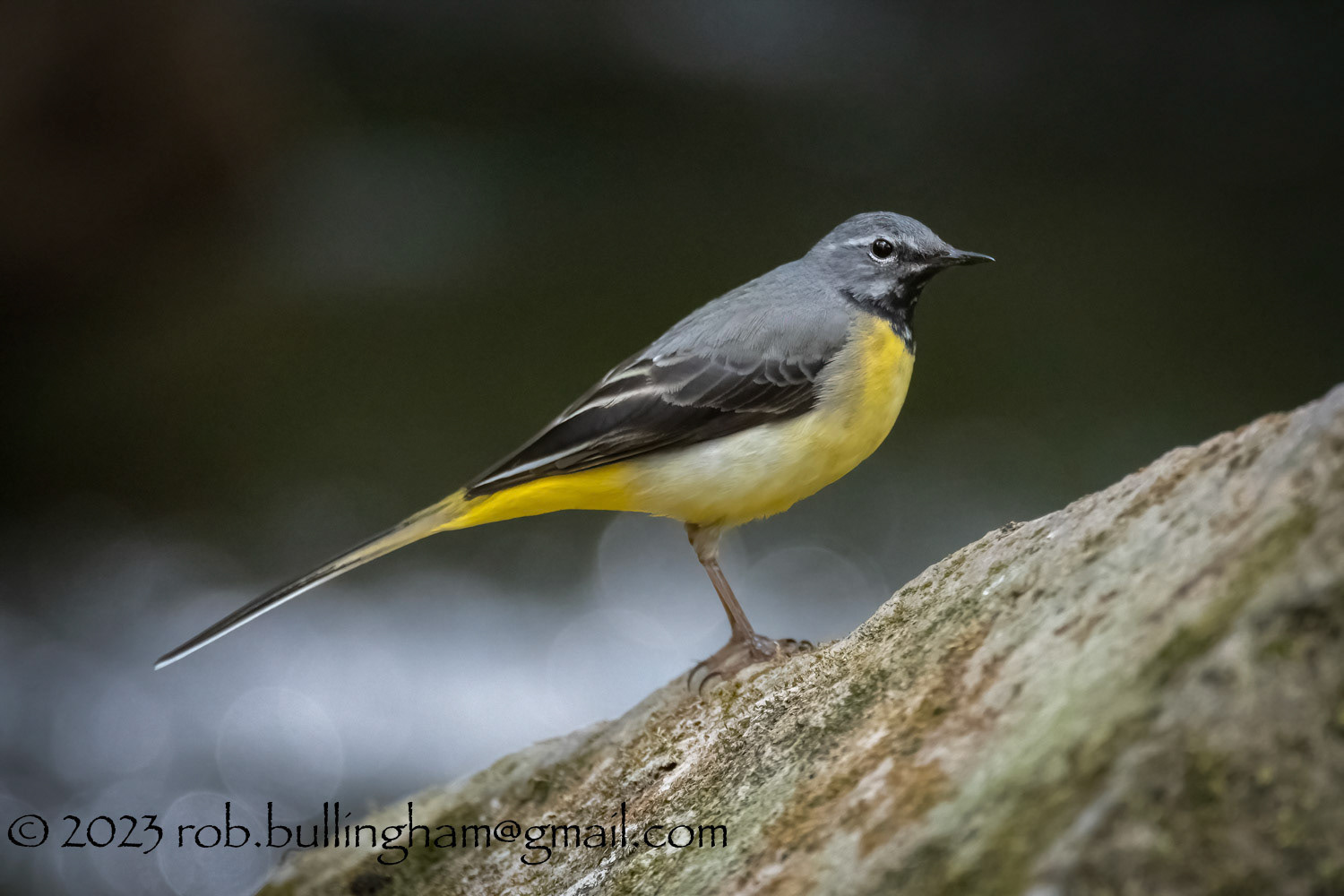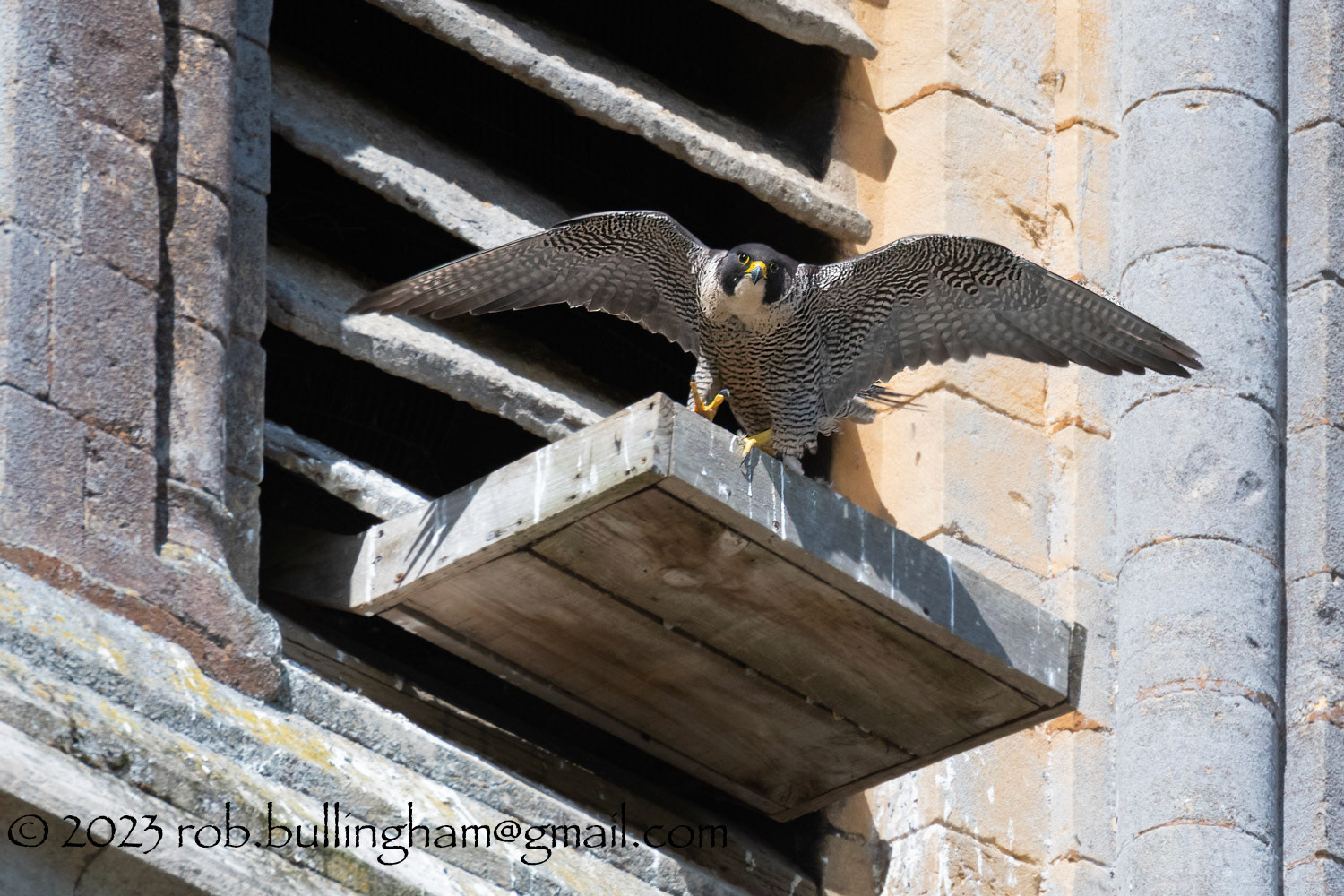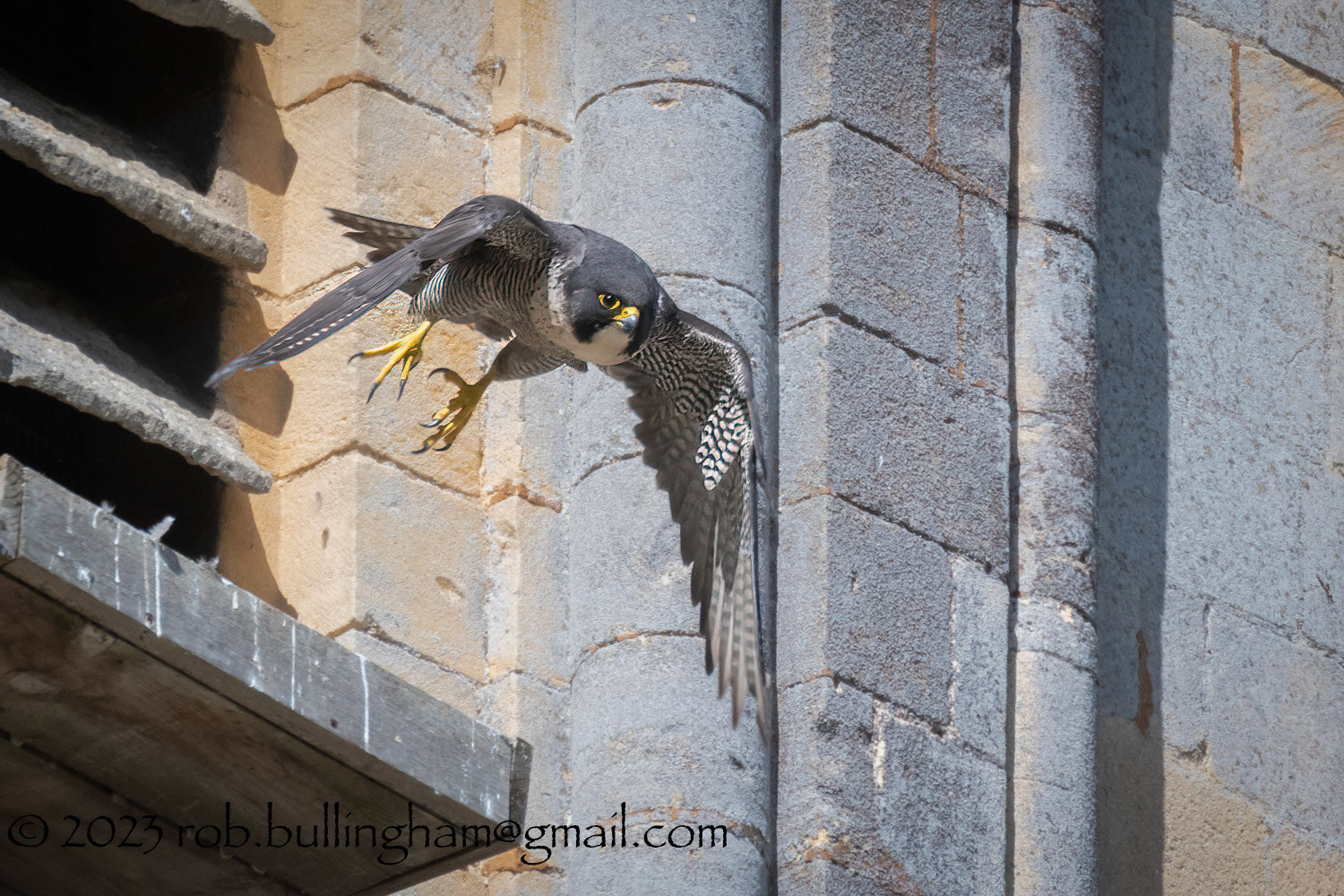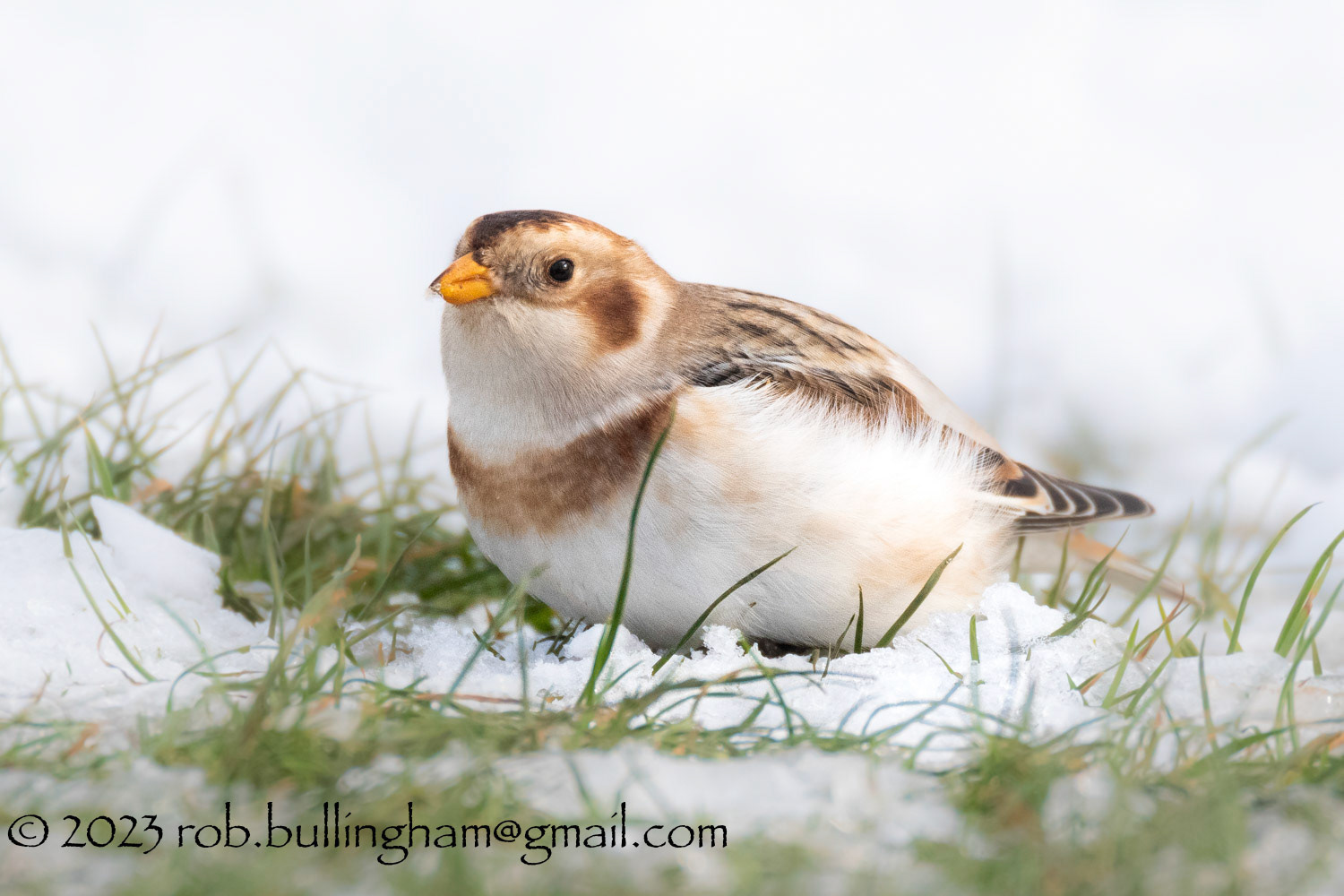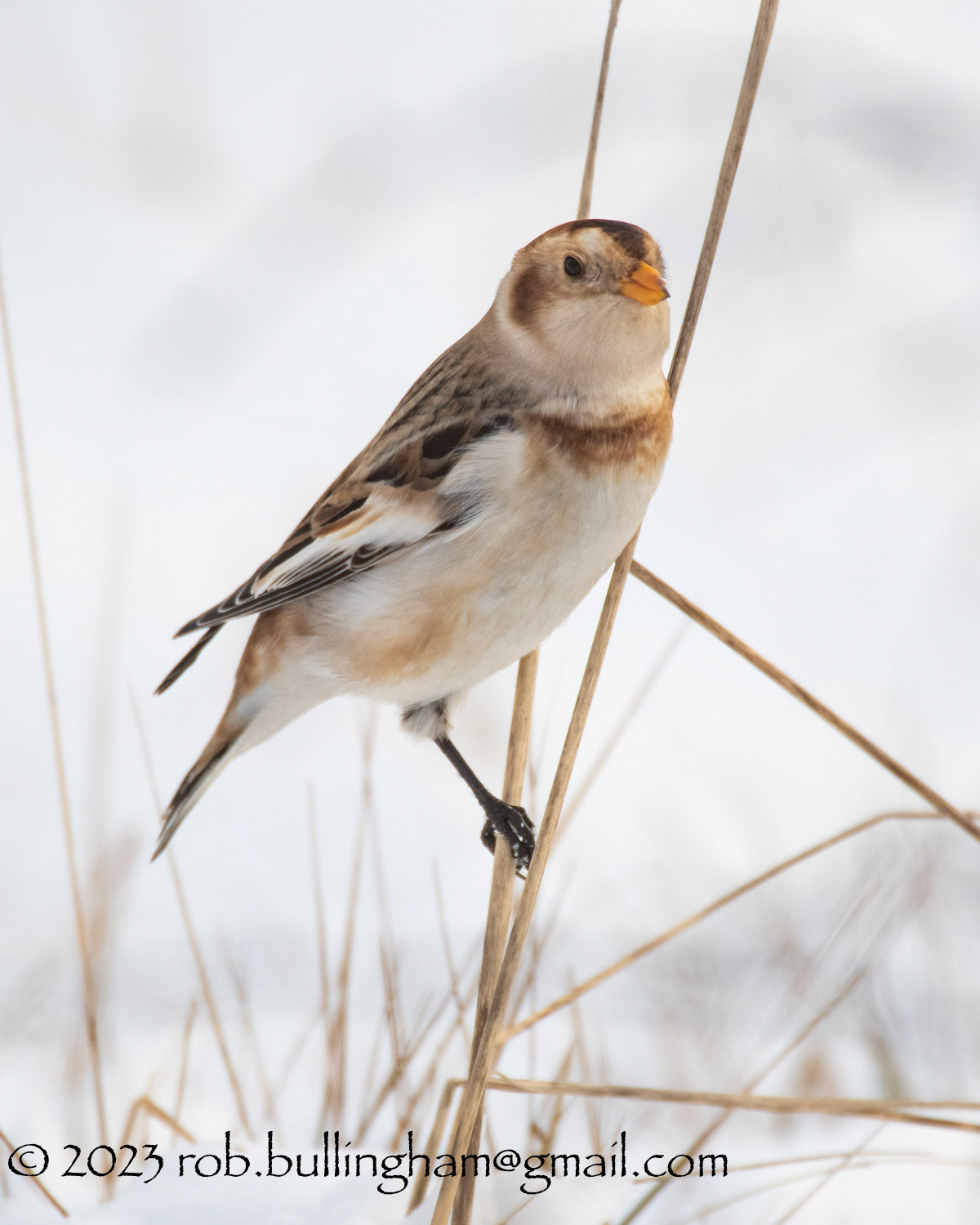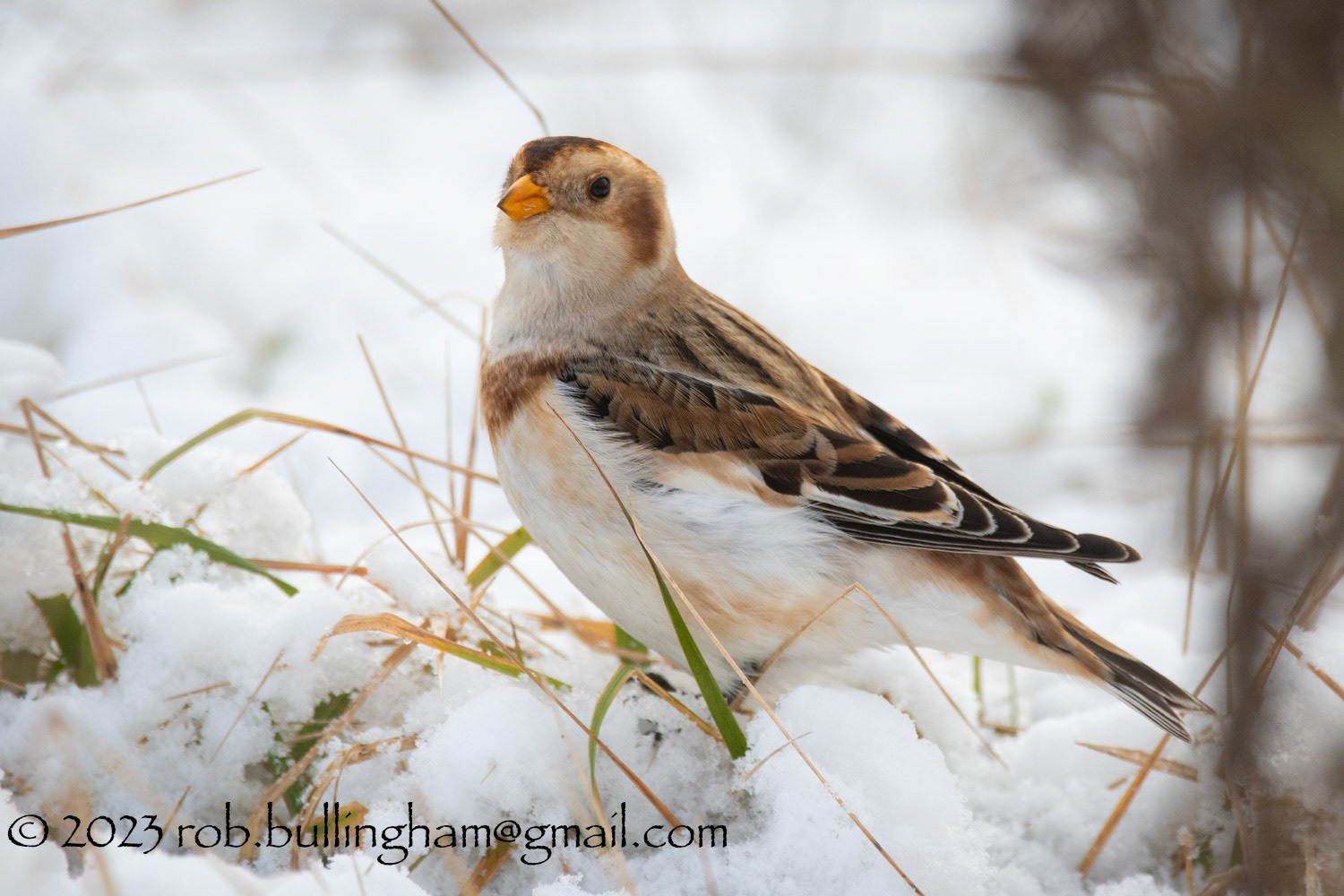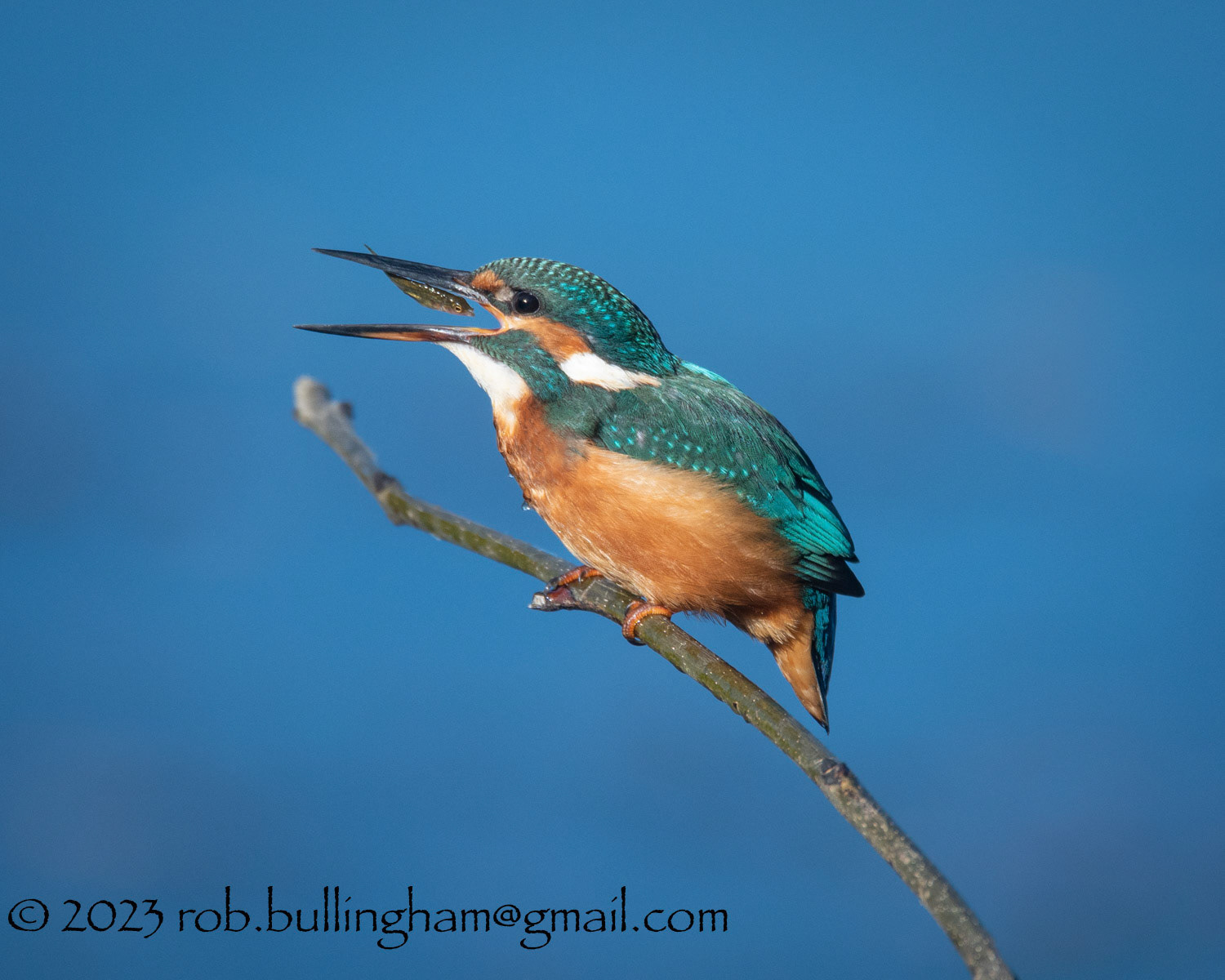
Short Eared Owl

Greater Spotted Woodpecker feeding young

Sedge Warbler

Dipper with food

Dipper on Rock

Abbey Peregrine

Snow buntings are large buntings, with striking 'snowy' plumages. Males in summer have all white heads and underparts contrasting with a black mantle and wing tips. Females are a more mottled above. In autumn and winter birds develop a sandy/buff wash to their plumage and males have more mottled upperparts.Globally, they breed around the arctic from Scandinavia to Alaska, Canada and Greenland and migrate south in winter. They are a scarce breeding species in the UK, in Scotland, making them an Amber List species. They are more widespread in winter in the north and east when residents are joined by continental birds.

Snow buntings are large buntings, with striking 'snowy' plumages. Males in summer have all white heads and underparts contrasting with a black mantle and wing tips. Females are a more mottled above. In autumn and winter birds develop a sandy/buff wash to their plumage and males have more mottled upperparts.Globally, they breed around the arctic from Scandinavia to Alaska, Canada and Greenland and migrate south in winter. They are a scarce breeding species in the UK, in Scotland, making them an Amber List species. They are more widespread in winter in the north and east when residents are joined by continental birds.

Snow buntings are large buntings, with striking 'snowy' plumages. Males in summer have all white heads and underparts contrasting with a black mantle and wing tips. Females are a more mottled above. In autumn and winter birds develop a sandy/buff wash to their plumage and males have more mottled upperparts.Globally, they breed around the arctic from Scandinavia to Alaska, Canada and Greenland and migrate south in winter. They are a scarce breeding species in the UK, in Scotland, making them an Amber List species. They are more widespread in winter in the north and east when residents are joined by continental birds.

g

